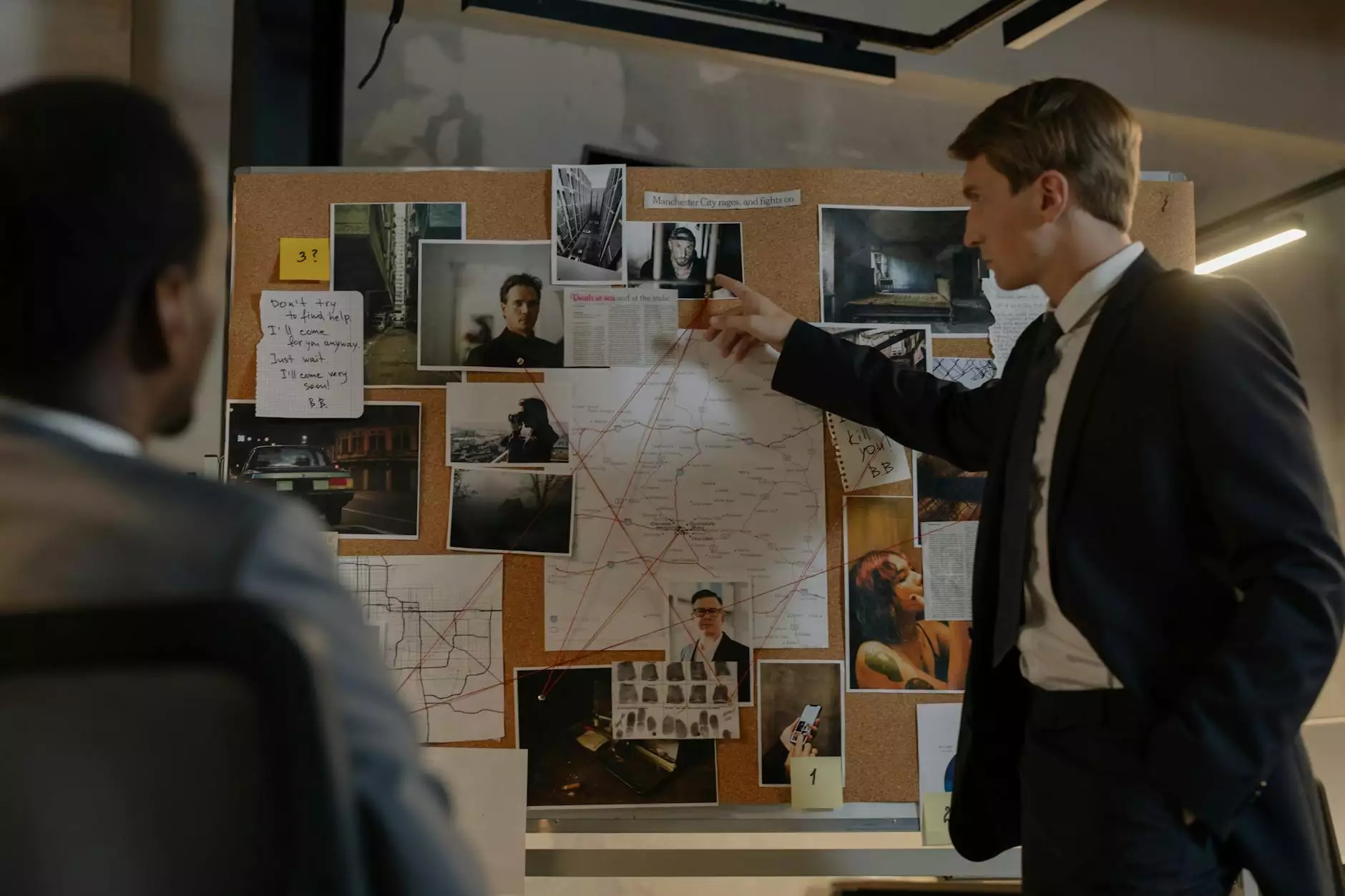The Power of Visual Storyboards in Graphic and Web Design

In the ever-evolving world of graphic design and web design, professionals continuously seek innovative methods to enhance creativity, streamline project execution, and foster collaboration. One such powerful tool that has emerged as a game-changer is the visual storyboard. This article delves deeply into the significance of visual storyboards, how they can improve the design process, and practical tips on creating effective storyboards that resonate with both clients and team members.
What is a Visual Storyboard?
A visual storyboard is a series of illustrated panels that represents how a project will unfold over time. Traditionally used in film and animation, storyboards have found their way into the realms of graphic and web design, serving as a blueprint for projects.
- Visual Representation: It provides a clear visual guide for the entire project.
- Organization: Helps in organizing thoughts and ideas systematically.
- Collaboration: Enhances team and client communication.
Why Use Visual Storyboards in Design?
Utilizing visual storyboards in the design process offers numerous benefits:
1. Enhances Communication
With varying levels of experience among stakeholders, visual storyboards serve as a common language. They bridge the gap between technical jargon and creative intuition, ensuring that everyone involved understands the vision.
2. Encourages Creativity
Creating a storyboard allows designers to explore multiple ideas without the limitation of final implementation. This exploration leads to innovative concepts that might not surface in a conventional brainstorming session.
3. Streamlines Workflow
By outlining every step of the project visually, storyboards help identify potential roadblocks early in the process, significantly reducing the risk of delays and miscommunication.
4. Supports Client Approvals
Clients appreciate having visual representations of proposed ideas. This not only aids in securing approvals more quickly but also ensures alignment between client expectations and project outcomes.
How to Create an Effective Visual Storyboard
Creating a visual storyboard involves several strategic steps:
Step 1: Define Your Objectives
Before jumping into the visuals, outline the objectives of your project. What message do you want to convey? Who is your target audience? Understanding these factors will inform your storyboard's direction.
Step 2: Sketch Initial Concepts
Start with rough sketches representing the key elements of your design. This could be layouts, key visuals, or even text elements. Remember, the objective at this stage is to brainstorm ideas without the pressure of perfection.
Step 3: Organize the Storyboard Structure
Lay out your sketches in sequence to showcase the progression of your project. Ensure that there is a clear flow from one element to the next, highlighting how each part relates to the whole.
Step 4: Add Details & Annotations
Enhance your storyboard with labels, notes, and color coding. Annotations can include functionalities, interactions, or design choices, helping others understand the thought process behind the design.
Step 5: Gather Feedback
Share your storyboard with team members and clients for feedback. This collaborative approach ensures that various perspectives are considered and helps refine the project before moving forward.
Tools for Creating Visual Storyboards
There are multiple tools available to assist in creating visual storyboards. Here are some popular options:
- Adobe Illustrator: A powerful design tool perfect for high-quality storyboards.
- Canva: User-friendly and accessible online tool for creating digital storyboards.
- Storyboarding Software: Applications like Storyboard That and FrameForge are specifically designed for storyboarding.
Integrating Storyboards into Graphic and Web Design Processes
Integrating visual storyboards into the graphic and web design process can be transformative. Here’s how:
1. Pre-Design Phase
During the pre-design phase, use storyboards to explore concepts and gather initial feedback. This stage is critical for setting the creative direction of the project.
2. Design Development
As the design develops, continuously refer back to your storyboard to ensure that the vision remains consistent. Use it as a checklist to track progress against the initial concepts.
3. Client Presentations
Utilize the storyboard in client presentations to visualize the project’s evolution. This visual tool can simplify complex ideas and reinforce client confidence in the design direction.
4. Post-Project Reviews
After project completion, review the storyboard against the final output. This reflection will help identify successes and areas for improvement in future projects.
Real-World Applications of Visual Storyboards
The use of visual storyboards spans various industries. For instance:
1. Entertainment Industry
In film and animation, storyboards are vital for planning scenes, camera angles, and character movements, providing a visual narrative before filming begins.
2. Marketing Campaigns
In marketing, storyboards help visualize ad sequences and campaign flows, allowing teams to strategize and anticipate audience reactions effectively.
3. Educational Content Development
Educators utilize storyboards to design courses and training modules, ensuring that learning objectives are clearly structured and visually engaging.
Conclusion
The visual storyboard is an indispensable tool in the realms of graphic design and web design. By fostering clear communication, encouraging creativity, and streamlining workflows, it enhances the overall quality and efficiency of design projects. Whether for internal team use or client presentations, mastering the art of storyboarding will undoubtedly provide a competitive edge in today’s dynamic design landscape.
For more insights into graphic design and web design, visit us at krock.io and discover how we can assist you in transforming your design ideas into compelling visual narratives through effective visual storyboards.
visual story board








